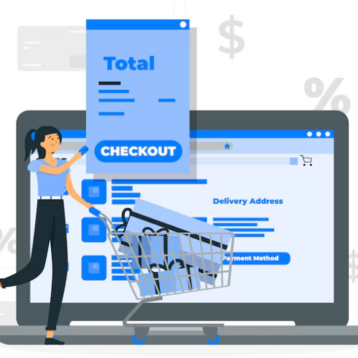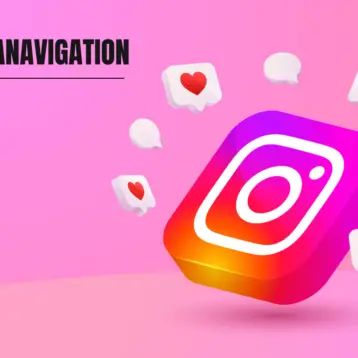Web accessibility is the practice of designing and developing websites that can be used by everyone, regardless of their abilities. It’s a crucial aspect of creating an inclusive online environment where all visitors can access information and services. Companies like accessibe envision an internet where digital experiences are equally accessible for individuals with disabilities.

By implementing accessible web design, businesses not only enhance the user experience for everyone, but also gain significant advantages in the process. With the right tools and strategies, companies can create more inclusive websites that accommodate a diverse audience while conforming with accessibility standards.
The Importance of Web Accessibility
According to the World Health Organization, approximately 16% of the global population lives with some form of disability. This significant portion of society may find that certain digital content is not adapted to them as website owners do not take into consideration individuals with:
- Visual impairments
- Hearing difficulties
- Motor disabilities
- Cognitive challenges
However, accessible design benefits <em>all</em> users, not just those with disabilities. For instance, clear navigation and well-structured content can improve usability for everyone. Additionally, legal standards such as Web Content Accessibility Guidelines (WCAG) set precedent for digital accessibility, making it a necessity in terms of business conformance.
Business Advantages of Accessible Web Design
Improved Organic Reach and SEO
Implementing accessible design practices often aligns with search engine optimization (SEO) best practices. Proper heading structure, alt text for images, and descriptive link text can improve accessibility while also potentially boosting search engine rankings, leading to increased organic traffic.
Enhanced User Experience and Navigation
Accessible websites are typically easier to navigate and understand for all users. Clear information architecture and intuitive design benefit everyone, resulting in longer site visits and improved user satisfaction.
Increased Conversion Rates and Reduced Bounce Rates
When users can easily interact with your website, they’re more likely to complete desired actions, whether it’s making a purchase or filling out a contact form. This leads to higher conversion rates and lower bounce rates, directly impacting your bottom line.
Wider Customer Base Inclusion
By making your website accessible, you open your products or services to a broader audience. This inclusion not only expands your potential customer base but also demonstrates your commitment to social responsibility.
Conformance with Accessibility Standards
Conforming with accessibility standards helps businesses avoid potential legal issues and associated costs. It also protects your brand reputation by showing that you value all customers equally.
Potential Tax Benefits
In some regions (for example, in the United States), certain businesses may qualify for tax incentives when they make efforts to improve accessibility, providing an additional financial benefit for implementing accessible design.
Implementing Accessible Web Design
To achieve web accessibility, businesses can leverage various tools and technologies. AI-powered solutions can automate many aspects of accessibility implementation, making it easier for organizations to comply with accessibility mandates and provide an inclusive user experience.
Key components of an effective accessibility strategy include:
- Automated scanning and remediation tools.
- User-friendly widgets for customizing web experiences.
- Continuous monitoring and improvement processes.
These tools work together to create a comprehensive ecosystem that addresses various accessibility needs while streamlining the implementation process for businesses.
Best Practices for Accessible Web Design
To ensure the effectiveness of your accessible web design efforts, consider the following best practices:
User-Centric Approach
Always keep the diverse needs of your users in mind when designing and developing your website. Conduct user testing with individuals who have various disabilities to gain valuable insights.
Regular Testing and Monitoring
Accessibility is an ongoing process. Regularly test your website using both automated tools and manual checks to identify and address any issues promptly.
Staying Informed About Accessibility Standards
Keep up-to-date with the latest accessibility guidelines and best practices. Attend workshops, webinars, or conferences focused on web accessibility to stay informed about emerging trends and technologies.
Embracing accessible web design offers numerous advantages for businesses, from improved user experience and increased conversions to broader market reach and legal compliance.
By prioritizing accessibility, you create a more inclusive online presence that benefits all users while positioning your business for success in the digital age. Take the first step towards a more accessible website today and unlock the potential of inclusive design for your business.
In partnership with accessiBe.










